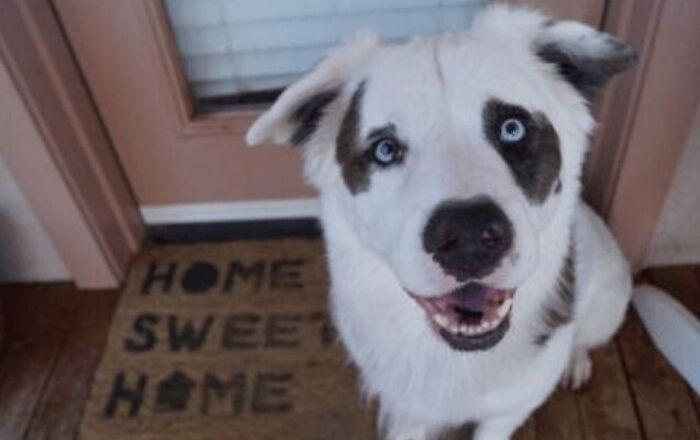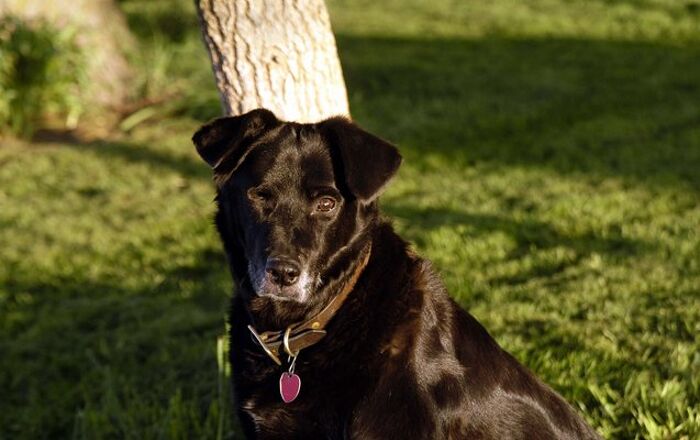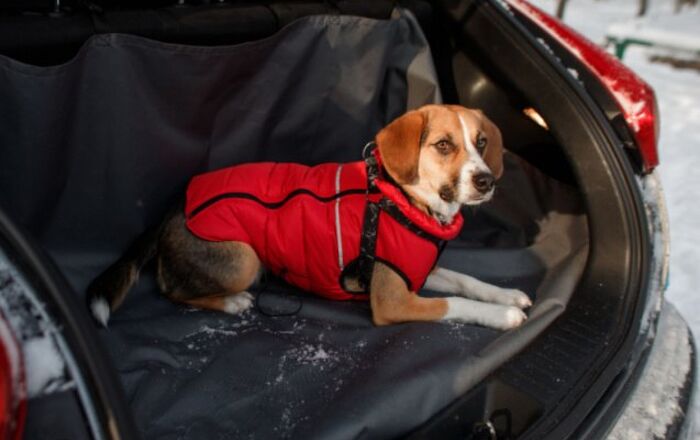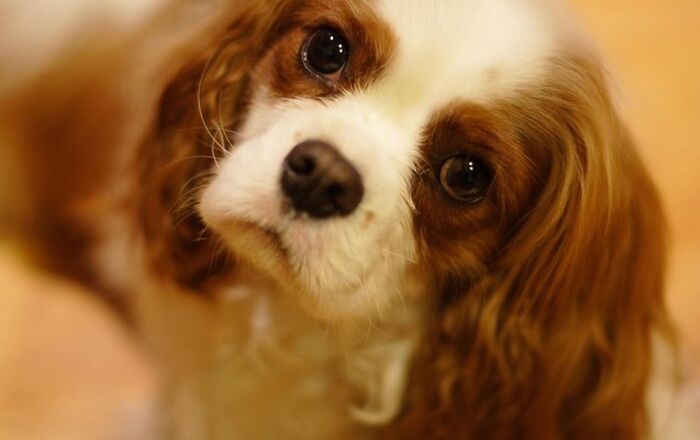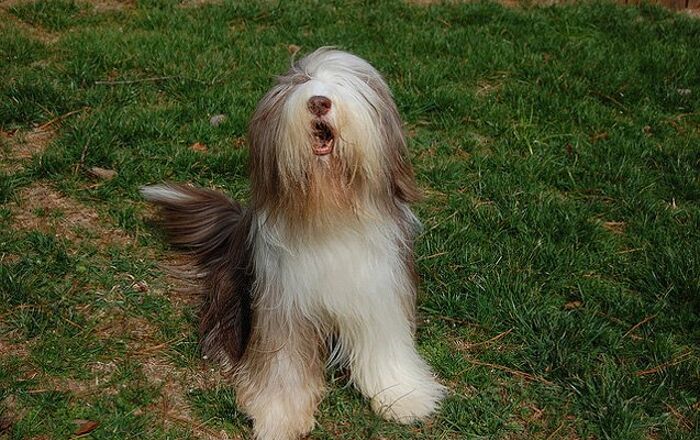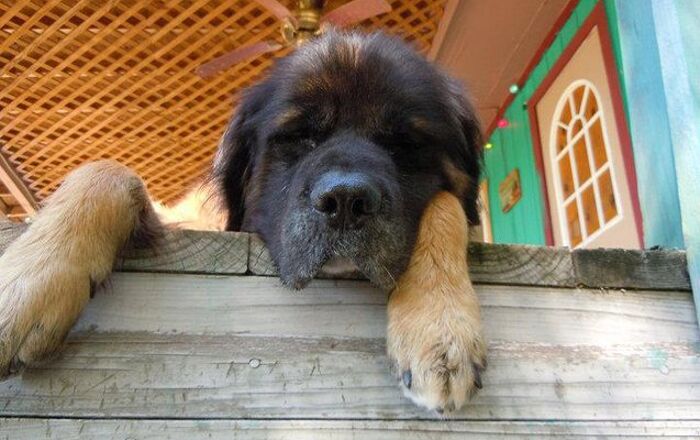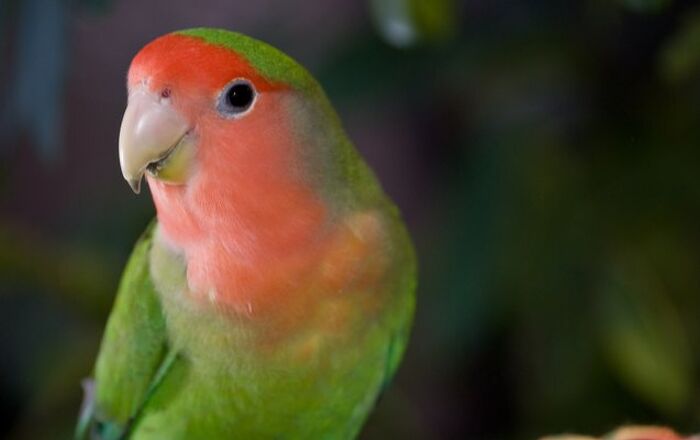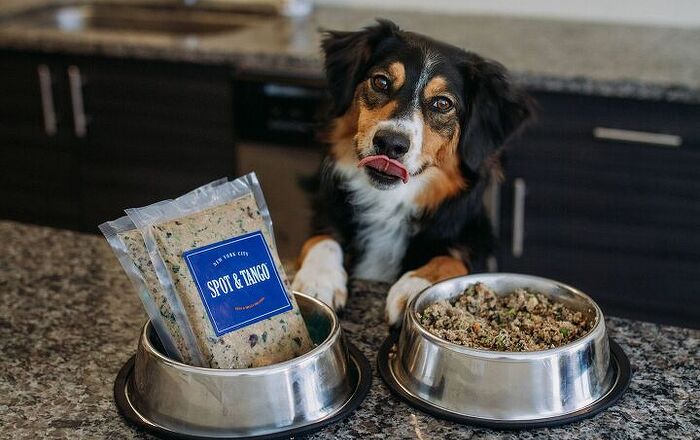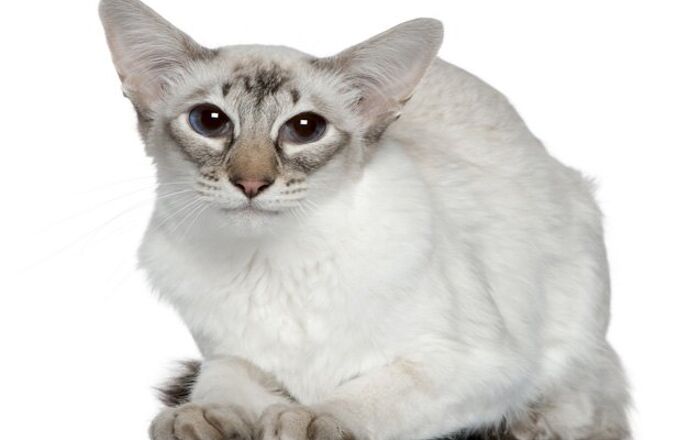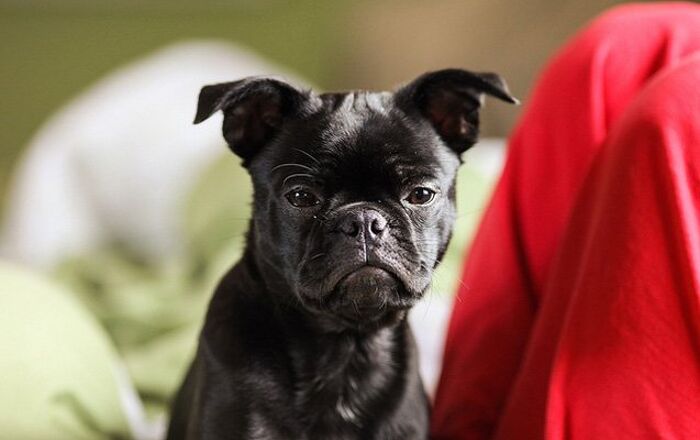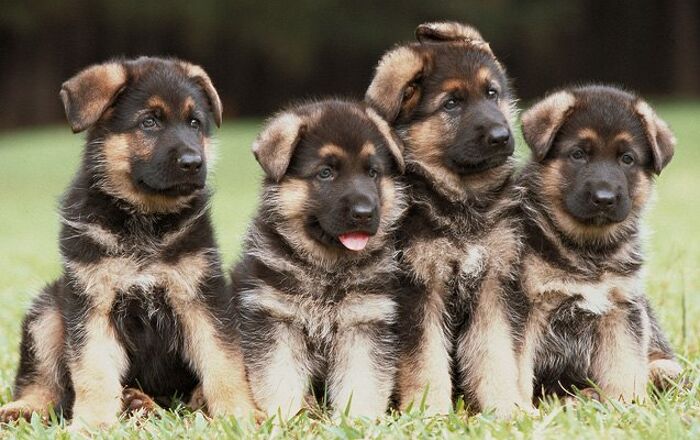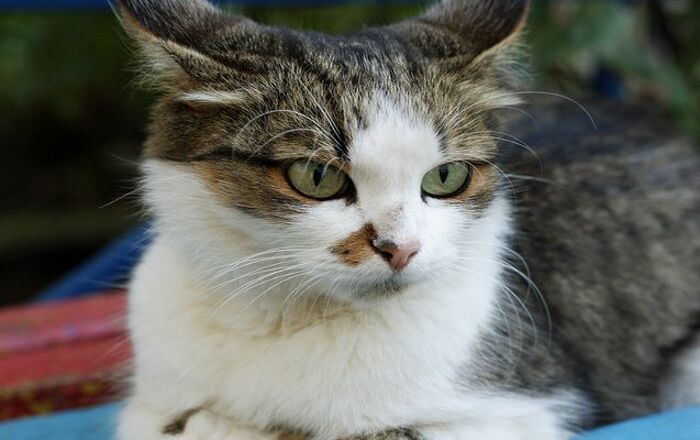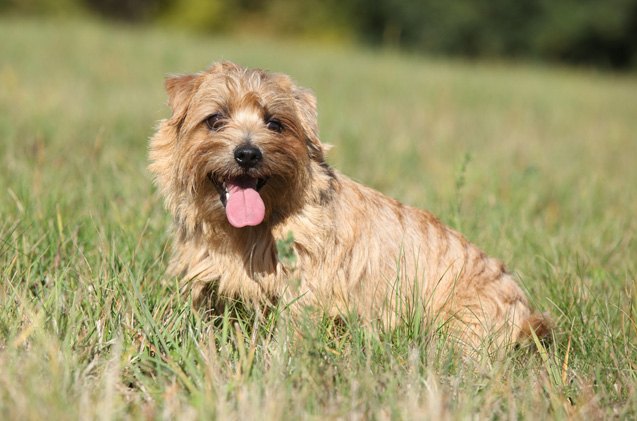
Norfolk Terrier Basics
A small dog with a big personality, the Norfolk Terrier is out to charm anyone who crosses his path. Playful, affectionate, bold, feisty, inquisitive and friendly, this breed loves to dig, hunt, and investigate. Able to live in apartments or houses, the Norfolk Terrier needs to get out and exercise, otherwise that pent up energy can turn destructive.
One of smallest of all the terrier breeds, the Norfolk Terrier doesn’t let his size stop him from being social with bigger dogs at the park. He may be sociable and agreeable, but is still full of that terrier feistiness. You’ll find that the Norfolk Terrier loves to dig and can be vocal if left alone for too long. To learn more about this breed, please read on.
A small dog with a big personality, the Norfolk Terrier is out to charm anyone who crosses his path.
Origin
Originally bred to hunt and kill vermin in barns, the Norfolk Terrier first made an appearance near the towns of Norfolk and Norwich in England in the early 1800s. This general farm dog and hunter boasted quite the reputation as a ratter, so Cambridge University students brought them to school to take care of the rat problems. At this time, this breed was known as Cantab Terriers and Trumpington Terriers.
Norfolk Terriers were classified in the same breed as the Norwich Terrier, until the 1930s, when breeders began to experiment by crossing different breeds to come up with the Norfolk Terrier we know today.
Pedigree

Many experts believe the Norfolk Terrier is the result of crossing Border Terriers, Cairn Terriers, and Irish Terriers.
Food / Diet
Even though this is a terrier, Norfolks are easier to train.
Training
Even though this is a terrier, Norfolks are easier to train. This is an intelligent dog, so be sure to keep training sessions up-beat and interesting – repetition can bore them. As with most breeds, you need to use positive reinforcement to train the Norfolk Terrier. If you are harsh with this breed, you’ll only get defensive behavior in return.
You’ll find that your Norfolk Terrier will fly through basic obedience. At this point, it’s time to move to something more challenging. Consider advanced training, agility or Earthdog activities. All of these activities will keep your dog on his toes. They will be able to exercise their minds and bodies. Earthdog competitions allow these dogs to put their ratting instincts to the test. They hunt and dig for vermin, which are kept out of reach of the dogs.
Weight
The Norfolk Terrier weight ranges from 11 to 12 pounds.
Temperament / Behavior

Fearless, loving and independent, the Norfolk Terrier is a wonderful companion to a wide range of households. They like to be social and meet new people and dogs. At first, they may be a bit standoffish towards new people and dogs, but it won’t take long for them to warm up to new friends. The Norfolk Terrier is a pack dog, and as such, loves to be with his family, so be sure to include this little fellow into your family outings. Norfolks can spend hours chasing a ball, a great activity to help tire him out. This breed is also a great choice for first-time dog owners, thanks to their temperament and trainability.
Although this isn’t a yappy breed, the Norfolk will bark if left on its own to long periods of time. Make sure you exercise your dog and leave lots of fun toys if you’re leaving for the day. Even better, adopt another dog to keep your Norfolk company – this breed loves canine friends.
Common Health Problems
The Norfolk Terrier is a generally healthy breed. However, common concerns may include mitral valve disease, luxating patellas, cataracts, lens luxation and glaucoma.
Life Expectancy
The Norfolk Terrier has an average lifespan of 13 to 15 years.
Exercise Requirements
This feisty little guy needs a moderate amount of exercise to stay happy and healthy. This means he’ll need daily walks and lots of games of fetch. Because of its size, the Norfolk Terrier can live in apartments. If you’re gone to work for the day, your Norfolk will need toys that keep his mind occupied. But don’t leave him alone for too long – this could result in barking, chewing and digging related issues.
Fearless, loving and independent, the Norfolk Terrier is a wonderful companion to a wide range of households.
AKC
The American Kennel Association says this about the breed: “One of the smallest working terriers, the Norfolk Terrier is active, compact and hardy, considered to be the “perfect demon” in the field. Farmers and hunters admire the breed’s gameness, loyalty and great charm.” The AKC first recognized this breed in 1979.
Coat
Shaggy and scruffy, the Norfolk Terrier’s coat is weather-resistant. It has as soft undercoat and a wiry topcoat, which result is minimal shedding. His hair is longer and thicker around the neck, base of the ears and throat. On his head, the hair is short, but his eyebrows and whiskers are long. Coat colors are red, wheaten, black and tan, or grizzle.
You should brush your Norfolk Terrier a few times a week with a slicker brush or a metal comb. Trim the coat with thinning shears when it gets too thick or long. If you are showing your dog, hand-stripping is required twice a year.
Puppies
Norfolk Terriers love to socialize – even as puppies. So take your Norfolk puppy out with you to introduce him to new people, animals and experiences.
Photo credit: Zuzule/Shutterstock, violetblue/Shutterstock

